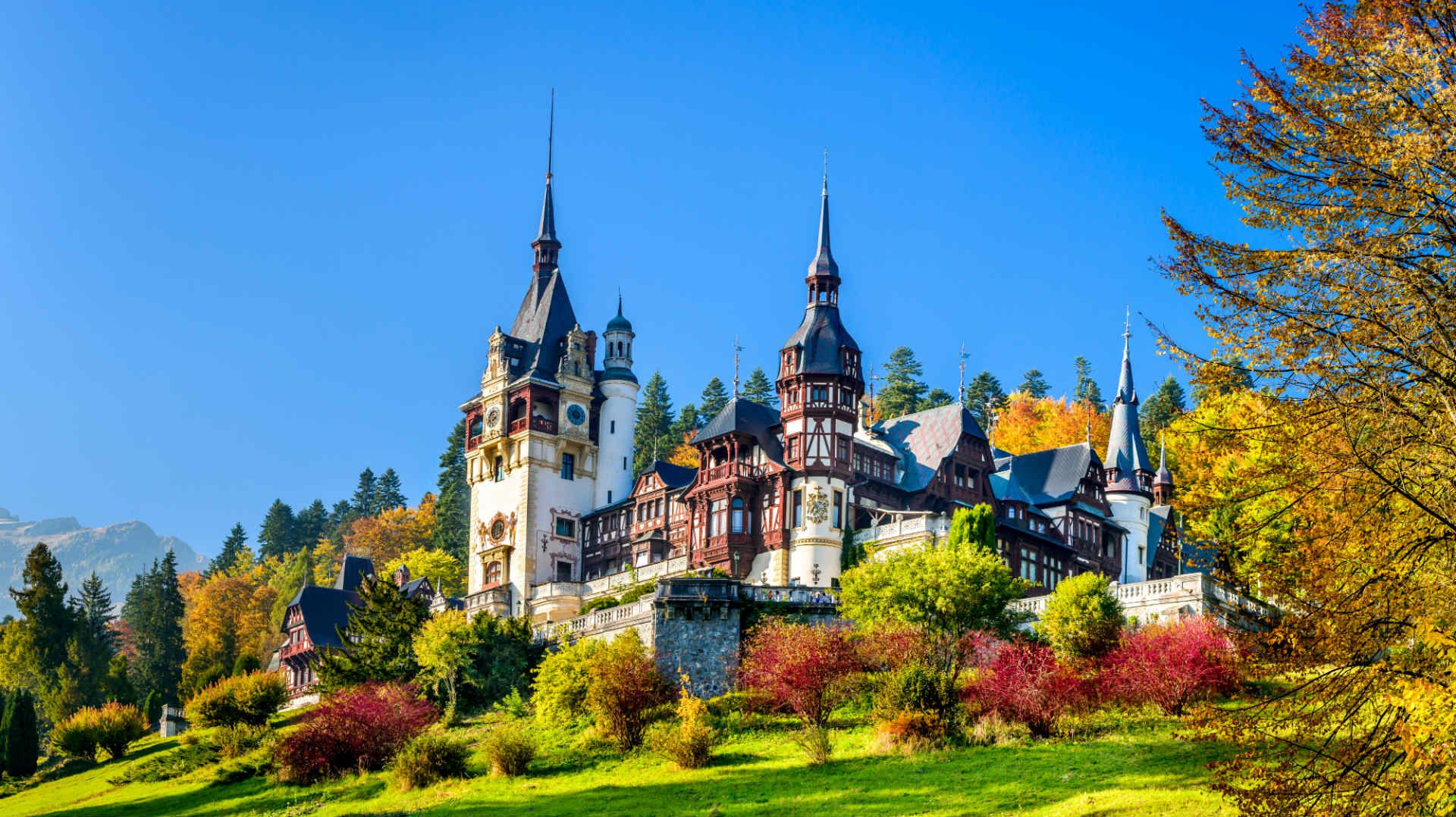29. Visit the National Museum of Natural History in Bucharest
One squarely for the kids, the Muzeul de Istorie Naturală Grigore Antipa (Natural History Museum) is named after the noted conservationist and founder of Romanian ichthyology. Indeed, Antipa (1867–1944) was the museum’s director for more than half a century.
The museum’s centrepiece is Deinotherium gigantissimus, a 4.5m-high fossil elephant from the late Miocene period unearthed in Vaslui County, Moldavia, in 1890 and believed to be the largest of its kind in the world.
The basement covers Romania’s wonderfully diverse geographical regions, from the Delta and Black Sea Coast to the Carpathians, while the ground floor is devoted to world fauna; among the obligatory selection of stuffed animals, keep your eyes peeled for some rather gruesome-looking reptilia, like the hellbender salamander and the saw-scaled viper.
Choose the best option to travel on a budget among the various destinations in Europe with our guide to 20 best places to visit in Europe on a budget.
If you prefer to plan and book your trip to Romania without any effort and hassle, use the expertise of our local travel experts to make sure your trip will be just like you dream it to be.
Ready for a trip to Romania? Check out the snapshot The Rough Guide to Romania. If you travel further in Romania, read more about the best time to go and the best places to visit in the country. For inspiration use the itineraries from The Rough Guide to Romania and our local travel experts. A bit more hands on, learn about getting there, getting around the country and where to stay once you are there.
We may earn commission from some of the external websites linked in this article, but this does not influence our editorial standards - we only recommend services that we genuinely believe will enhance your travel experiences.



























